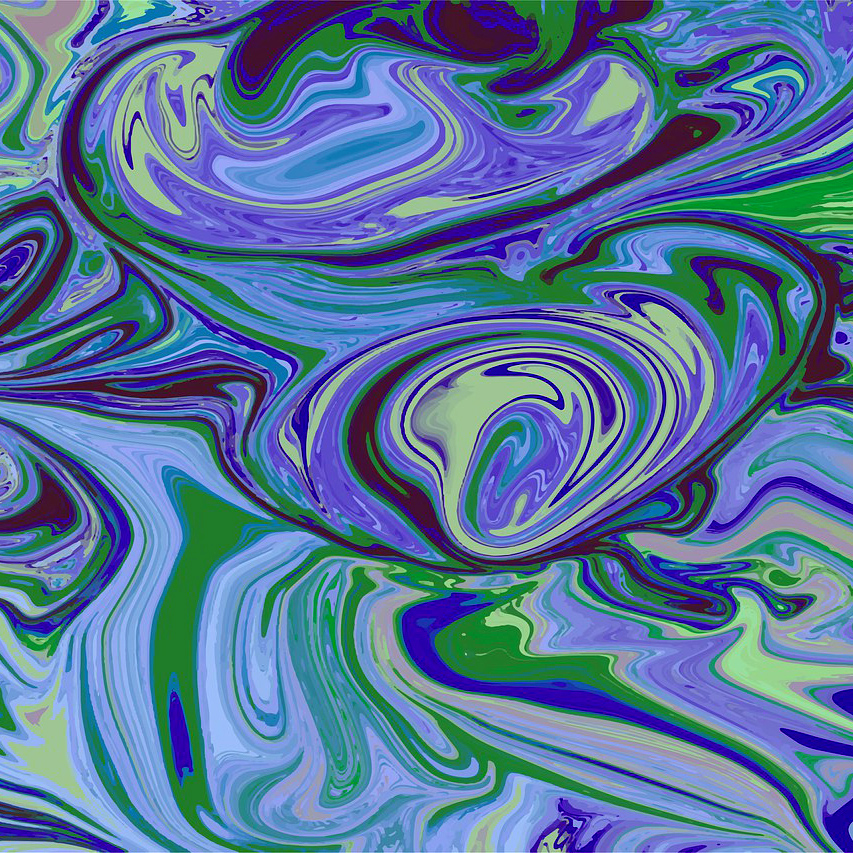
2023–24 Project III
Fractal boundaries of mixed liquids and spreading patterns
Overview
When oil spills in the ocean, it floats to the top in a blob. But as the waves mix the water, the shape of the oil blob gets heavily distorted, often creating swirly, fractal-type patterns:

Similarly, a number of reactions between two chemicals create patterns which move and distort over time.
This project will investigate the fractal nature of these swirls and patterns to see if we can learn something about the nature of turbulent mixing or the nature of these chemical reactions by observing how the fractal number changes under different conditions. We will use the box counting method to measure the ‘fractal-ness’ of evolving boundaries, and will implement it by writing and sourcing Python code.
This project is jointed supervised by Peter Wyper.
How we might structure the the project
At the start, we could have something like:
- Finding a fractal image online and running a box counting algorithm on it
- Investigating analytically how liquid boundaries evolve under mixing
- Simulating 2D pattern formation in a reaction–diffusion system
- Learning what fractal scaling can tell us about shapes
Prerequisites
This is an applied maths project where you will have to do some practical coding. You should therefore be confident in programming in Python.